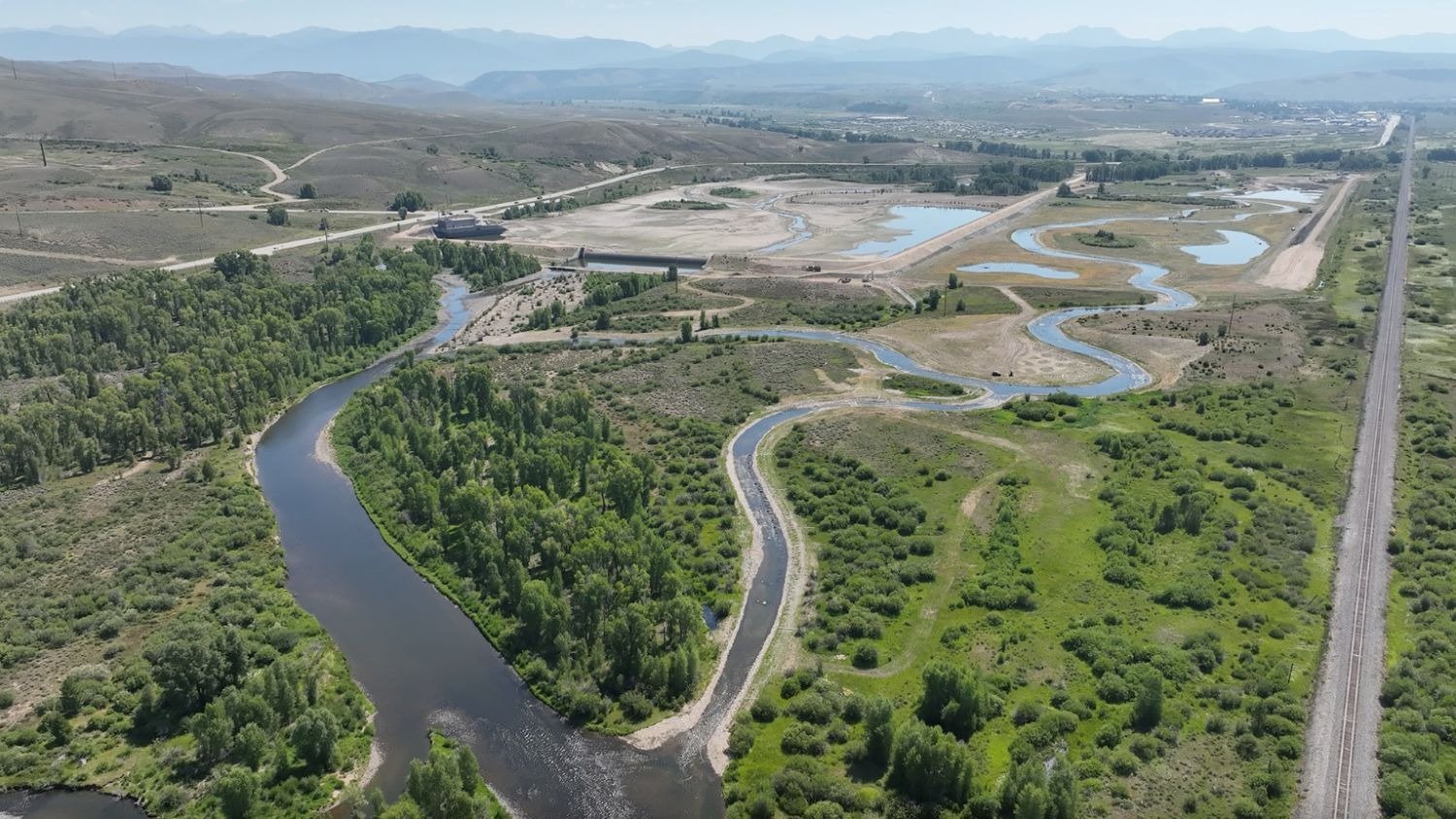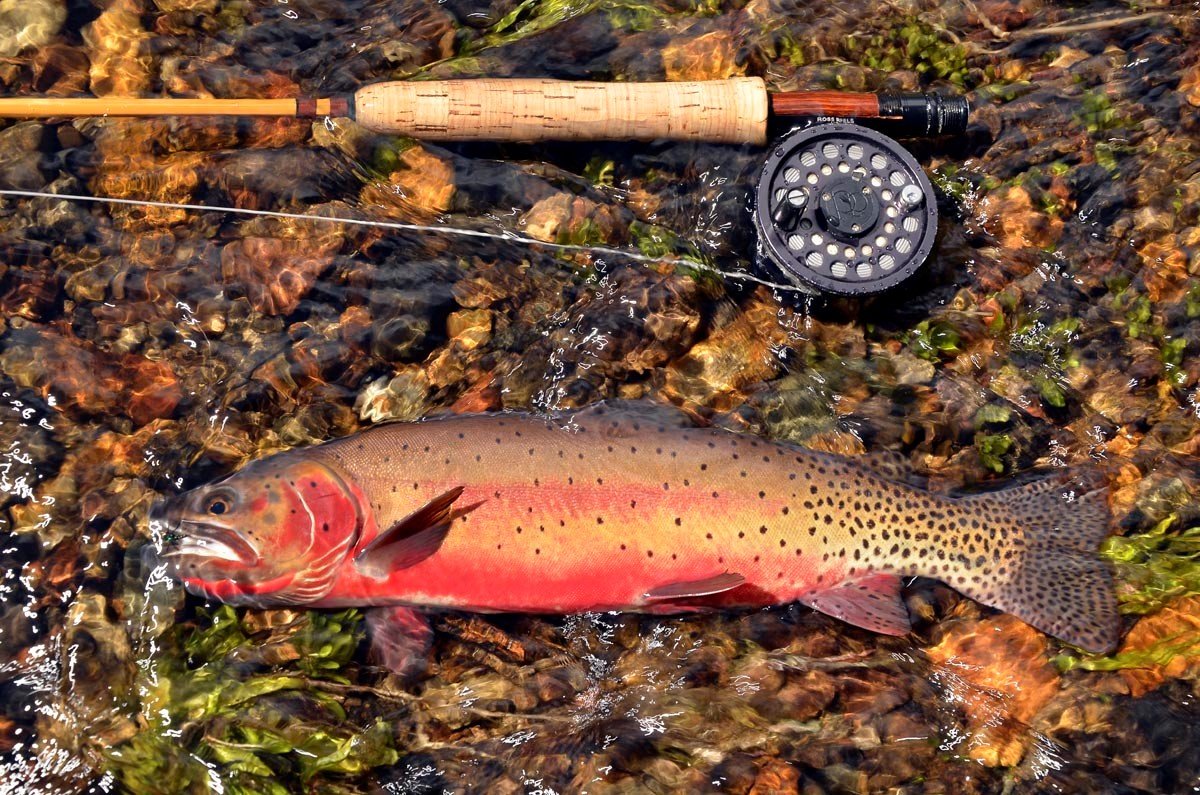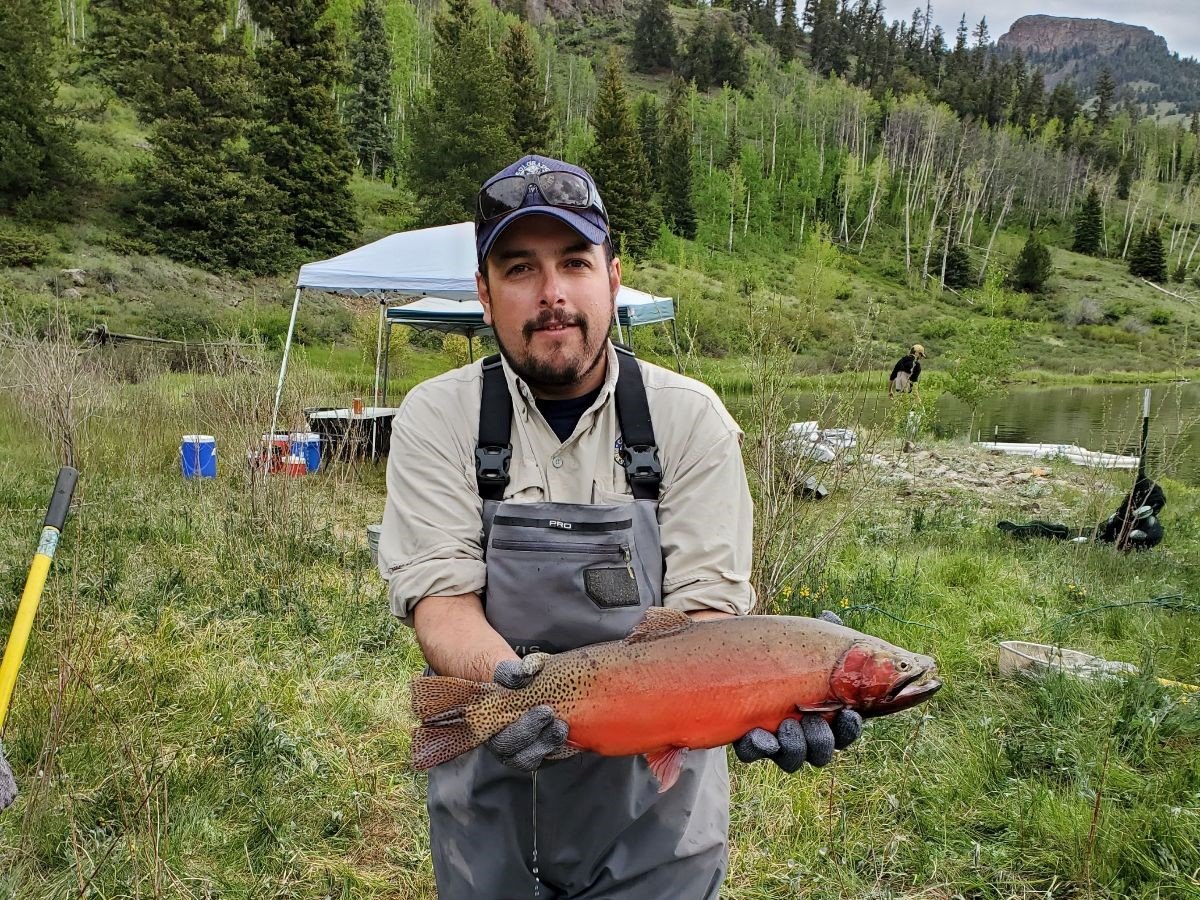A New Era for Colorado's Rivers - Celebrating the Passage of the Good Samaritan Act
A Landmark Achievement: Good Samaritan Legislation
In a monumental bipartisan achievement two decades in the making, the U.S. House of Representatives has passed the Good Samaritan Remediation of Abandoned Hardrock Mines Act. This landmark legislation, co-sponsored by Colorado’s own Senators Bennet and Hickenlooper and Representatives Boebert, Caraveo, Crow, Neguse, and Pettersen, is now on its way to the President’s desk. Historically, Colorado delegation members including Cory Gardner, Ken Salazar, Scott Tipton, and Mark Udall sponsored similar legislation in past Congresses, and we thank them as well for their work that helped pave the way for this Congress to act.
The “Good Sam” bill authorizes 15 pilot projects at low-risk sites over the next seven years to clean up abandoned mines, many of which are over a century old and have no owners responsible for the toxic waste left behind. These sites, polluting our rivers and streams with harmful metals like zinc, cadmium, arsenic, and lead, will finally receive the attention they desperately need.
Legislation is needed because of unintended consequences under current federal law. ‘Good Samaritan’ cleanup projects that work to reduce contamination from draining mines, such as with passive treatment through engineered wetlands, can open up that Good Sam to permanent liability for pollution they had no role in creating. Though a Good Sam may have improved water quality with their project, once they begin to treat the discharge they become the responsible party and must treat the discharging mine water up to full Clean Water Act standards in perpetuity. This may not be feasible in remote locations or cost effective for smaller discharges.
That open-ended liability – which could even entail needing to construct and operate an active water treatment plant – has led nonprofits like Trout Unlimited and even state agencies to avoid treating draining mines for fear of taking on long-term multi-million dollar liability for a site. Instead, groups have focused on projects conducted ‘in the dry’ – for example, moving and capping mine waste rock to avoid its influencing adjacent waters. But while many such ‘dry’ projects have been completed and benefited Colorado watersheds, actively draining mines remained neglected because of the liability problems. The new law will finally open the door for Good Sams to tackle projects for those draining mines.
Celebrating Our Success
The passage of this bill is a testament to the persistent efforts of Trout Unlimited and our partners. It reflects our core values of science, resourcefulness, and unwavering dedication to clean water and healthy habitats. As Chris Wood, President and CEO of Trout Unlimited, noted, this legislation is about creating cleaner rivers and healthier communities.
This momentous success marks a significant milestone in our mission to restore America’s rivers and streams, especially here in Colorado. It’s a time for celebration, acknowledging the hard work and determination that brought us to this point. Within the TU family, we especially thank Colorado’s own Ty Churchwell and Montanan Corey Fisher, who coordinated TU’s legislative efforts and the campaign of public support.
Looking Forward: Modernizing Mining Laws
With Good Samaritan legislation nearly in place, we look to the future with optimism. Abandoned draining mines have long been seen as insurmountable challenges, but many can be addressed with straightforward solutions like biofiltration to remove some metals through constructed wetlands.
While liability has been a major limitation, another key limit has been financial. Unlike other commodities, hardrock minerals like gold and copper lack an associated tax or royalty to compensate the American people for extraction on their public lands, and to fund historic mine site cleanup efforts. In contrast, coal mine cleanups have benefited from over $6 billion in royalties since the passage of the Surface Mining Control and Reclamation Act of 1977.
As we move forward, America must balance the need for domestic hardrock mining to support clean energy production with environmental stewardship. Minerals like lithium, cobalt, and tellurium are crucial for technologies ranging from electric vehicle batteries to solar panels. However, the General Mining Law of 1872 and needed permitting reform complicate this transition.
Congress can modernize mining laws by establishing royalties on minerals to fund cleanup efforts and empowering federal agencies to assess and permit mines more effectively. Such reforms would ensure we meet the nation’s mineral needs while protecting vital cultural, social, and ecological values.
Colorado’s Role in This New Era
Colorado is home to approximately 23,000 abandoned mines, with over 230 actively causing environmental damage. More than 1,600 miles of our streams and rivers are impaired by acid mine drainage. This historic bipartisan legislation paves the way for increased efforts to clean up these sites. David Nickum, Executive Director of Colorado Trout Unlimited, emphasized, “Colorado voices have long called for legislation to empower Good Samaritans to conduct mine remediation projects. We look forward to seeing pilot projects here in Colorado, improving water quality in our home waters.”
This legislative victory is just the beginning of a new era for Colorado’s rivers and streams. As we continue to advocate for further reforms, we remain committed to our mission of restoring and protecting our waterways. Clean water and healthy ecosystems are within reach, and together, we can achieve even greater milestones. In the coming years we hope to see at least one of the Good Sam pilot projects take place in Colorado – and hope that TU itself may tackle one or more such projects nationwide, in collaboration with our agency and private sector partners. When these pilot projects provide proof of concept for the Good Sam approach, we can then look at permanent program authorization to encourage mine clean-up efforts for generations to come.
Let’s celebrate this achievement and look forward to a brighter future for mine-impaired rivers and streams in Colorado and nationwide.

























